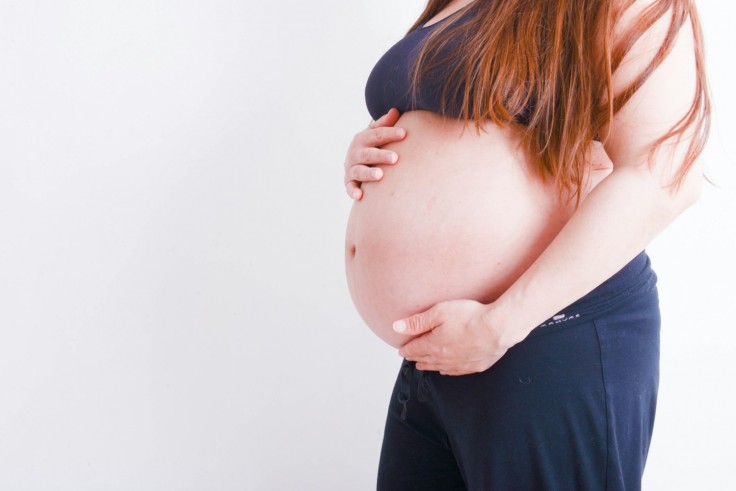
Breast changes during gestation are due to hormonal variations and can start as early as one week after fertilization, and persist until birth and beyond.
Breast Changes Throughout Each Trimester of Pregnancy
First Trimester (Weeks 0-13)
- Tenderness and Discomfort: One of the first signs, breasts may feel painful, heavy, or tingly, starting 1-2 weeks post-conception due to increasing hormone levels and raised blood flow. This discomfort often lessens after a few weeks but may return later in pregnancy.
- Enlargement: It's common to increase a cup size or two, especially in a first pregnancy, starting early and continuing throughout. Rapid growth may cause itching from skin stretching. Breast size can further rise post-birth during nursing.
- Blue Veins: Raised blood volume by 50% during gestation leads to leading blue veins on the breasts and stomach, needed for transporting blood and nutrients to the embryo.
Second Trimester (Weeks 14-27)
- Darker Areolas: Hormonal changes cause the areolas to become bigger and darker. They may return to their original color post-breastfeeding but sometimes stay darker.
- Areola Bumps: Small, painless bumps, called Montgomery's tubercles, appear to lubricate the breasts and facilitate breastfeeding.
- Nipple Discharge: Some may encounter colostrum discharge, a thick yellow liquid boosting newborns' immune function, either during the second trimester, third trimester, or post-labor.
- Breast Lumps: Commonly benign, such as galactoceles or fibroadenomas, but any new lumps should be reported to a doctor to rule out the unique danger of breast cancer.
Read Also : Montgomery Tubercles: Are They Harmful to Women?
Third Trimester (Weeks 28-40)
- Continuing Changes: Breasts may become even bigger and heavier, with nipples darkening more, and colostrum leakage rising.
- Stretch Marks: Rapid tissue development can cause stretch marks, typical in months 6 and 7 of gestation, emerging on the breasts, stomach, and thighs.
- Milk Production: Breasts supply colostrum at first, followed by milk production 5 days to 2 weeks after delivery. Breast changes are not indicative of the ability to produce milk.
Ways to Alleviate Discomfort and Changes in Breasts After Pregnancy
Easing Discomfort
- Breast Pads: To manage leakage, use disposable or reusable breast pads.
- Lotions and Oils: Can alleviate skin tightening and itchiness, although not tested to avoid stretch marks, which commonly fade post-birth.
- Blocked Milk Ducts: Warm compresses and gentle massage can support.
- Checking for Lumps: Frequent breast checks for lumps and consulting a doctor if any issues appear.
- Bra Tips: A supportive bra with wide straps, adjustable closures, no underwire, cotton fabric, and a seam-free design near the nipple can ease discomfort. Sports bras and sleep bras are recommended, and professional fittings can help as breast size changes.
Post-Pregnancy Changes
Breasts usually remain larger during breastfeeding and may return to their original size, shape, and color afterward. For some, this change is quick; for others, it takes time, and some may never regain their pre-pregnancy appearance.
Droopier breasts post-pregnancy are more likely in those who smoke, have a high BMI, have larger pre-pregnancy breasts, or have multiple pregnancies.
Consult a doctor if there are concerns about breast changes or if unusual lumps or nipple discharge occurs. These symptoms are typically harmless but should be checked.
Related Article : Causes and Strategies to Alleviate Breast Soreness During Pregnancy